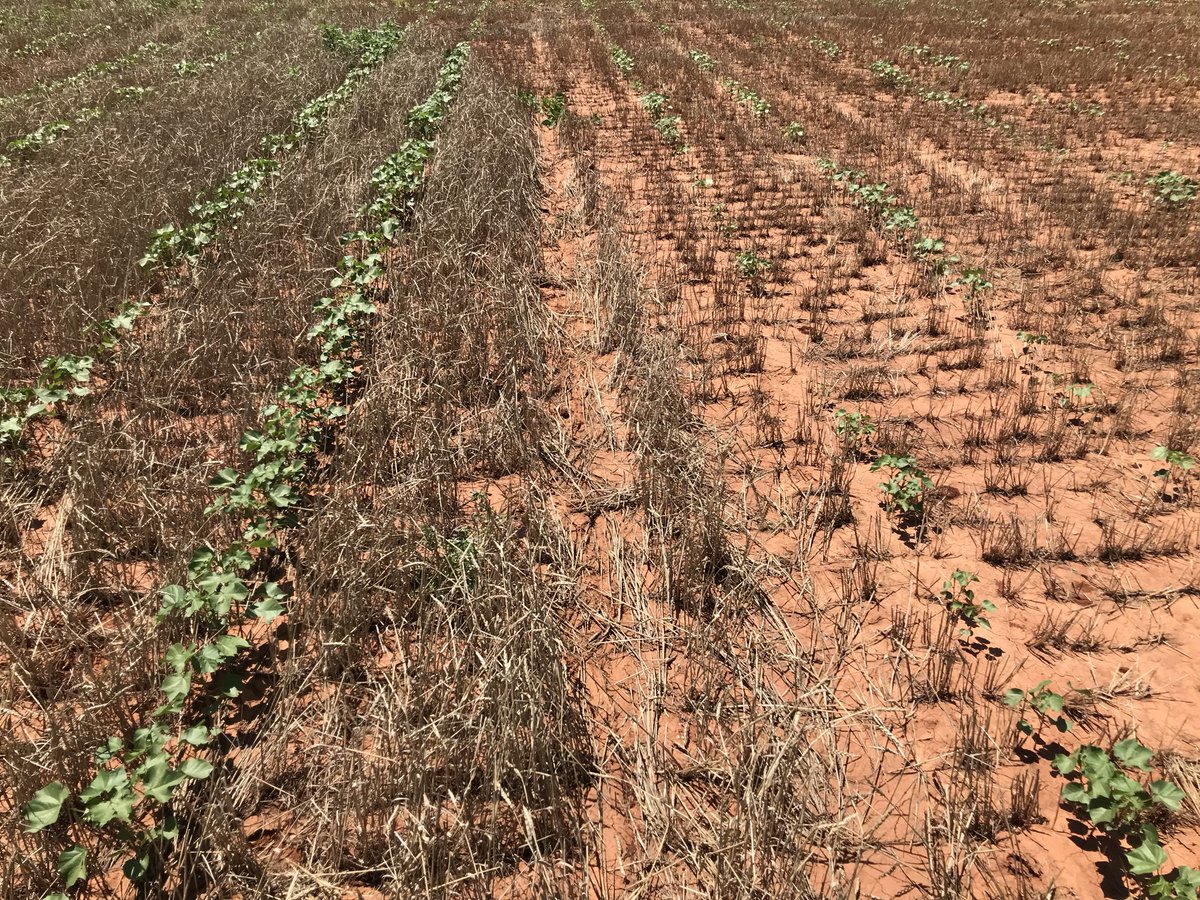- Location
- NSW, Newstralya
Seth Byrd @OKStateCotton Jun 28
Pretty impressive visual of dryland #cotton planted into a terminated wheat cover (left) vs. wheat cut and baled (right). Same planting date and variety. #OKcottonpic.twitter.com/0RT2XlLARa

4:29 PM - 28 Jun 2018
Pretty impressive visual of dryland #cotton planted into a terminated wheat cover (left) vs. wheat cut and baled (right). Same planting date and variety. #OKcottonpic.twitter.com/0RT2XlLARa

4:29 PM - 28 Jun 2018







